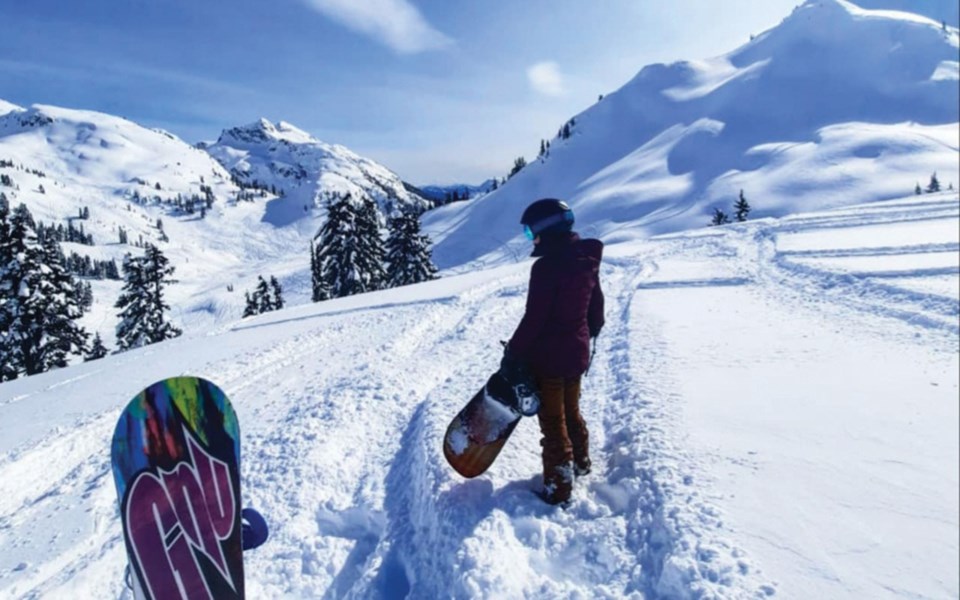As of Wednesday March 31:
It’s been a snowy, windy, and cool week. Widespread natural avalanche activity up to size 2.5 occurred in response to last weekend’s storm and ongoing skier- and rider-triggered slabs lingered through the week, especially from wind-loaded slopes where the new snow sits above a crust. Winds shifting from the southwest to the northwest added to the complexity of the loading pattern, making wind slabs slightly more unpredictable and found on most slopes. Cornices continue to be overloaded and can fail at any time; the likelihood increases when the temperatures rise, and the sun is shining. The winter-like conditions offered excellent skiing and riding on higher, wind-sheltered slopes. However, daytime warming, cooling, and dribs and drabs of new snow will change snow surfaces and avalanche problems, especially on southerly aspects and at lower elevations by the weekend.
The weather forecast for the weekend looks to be fairly grey, cloudy with light snowfall amounts and freezing levels rising to 1,600 metres by the afternoon. Watch for deteriorating snow surfaces with daytime warming, which can initiate loose wet avalanches, and always be aware of what is above you. Cornice fall this time of year could be as big as a bus and have severe consequences from above and below. Even light amounts of new snow accompanied by moderate and steady winds can build reactive wind slabs on leeward slopes.
If you’re interested in heading out to the backcountry this weekend please check the avalanche forecast and be prepared, armed with knowledge, avalanche rescue gear (transceiver, probe and shovel) and know how to use it. With Whistler Blackcomb closed we suspect more users will flock to the backcountry and adjacent regions. Please ensure that you check the current forecast for your destination. If you’re staying local, you’ll want the Sea to Sky forecast. If you’re headed to the North Shore Mountains, check the South Coast forecast, and the South Coast Inland forecast if you’re going to the Coquihalla or Duffy Lake.




